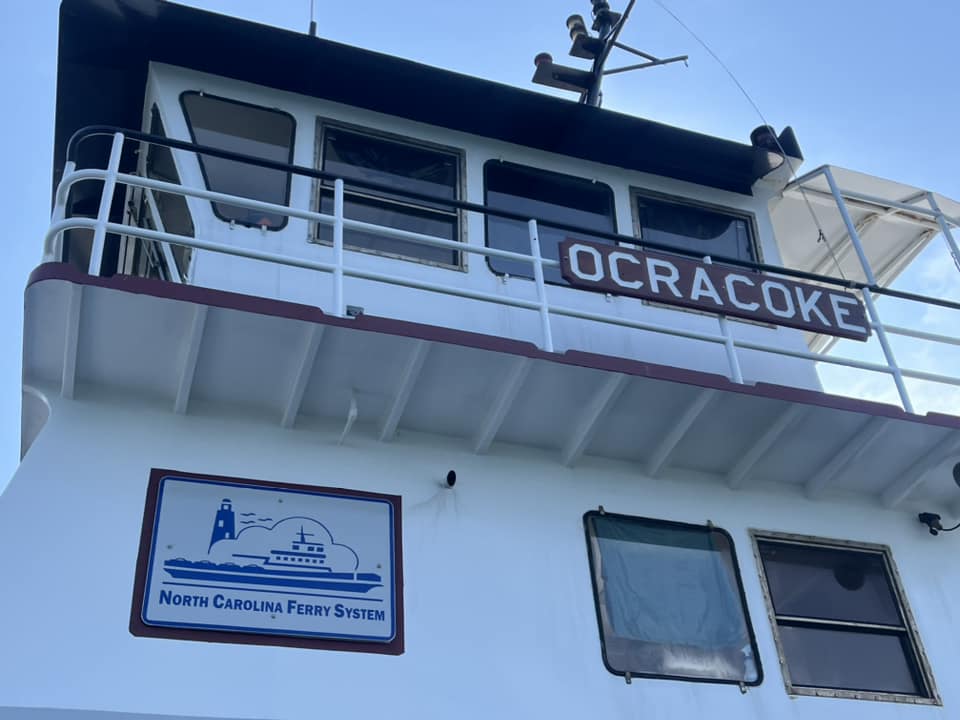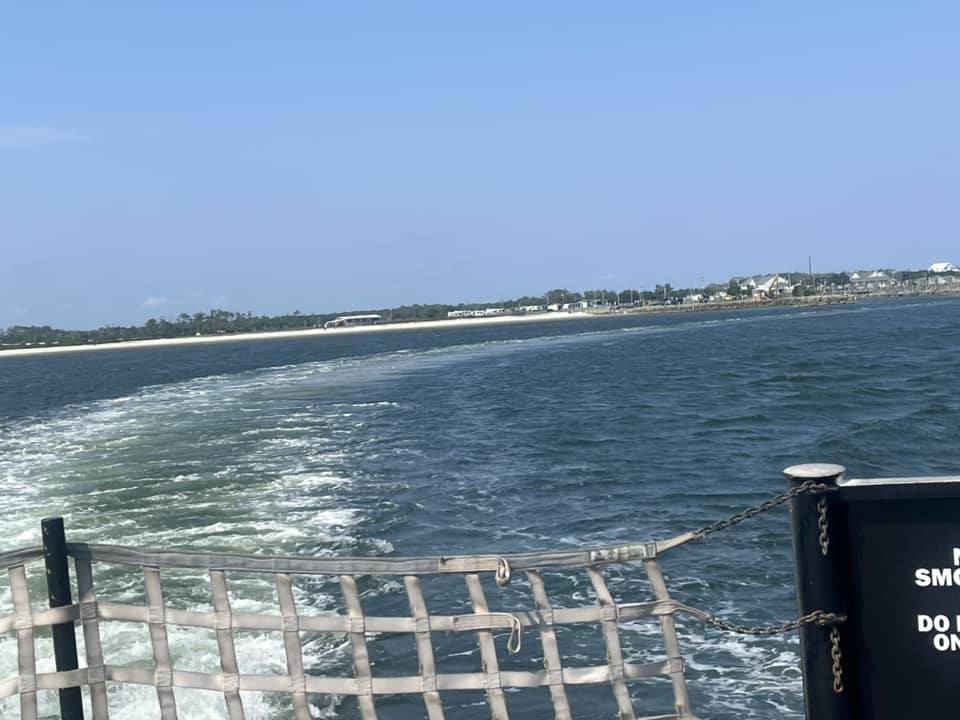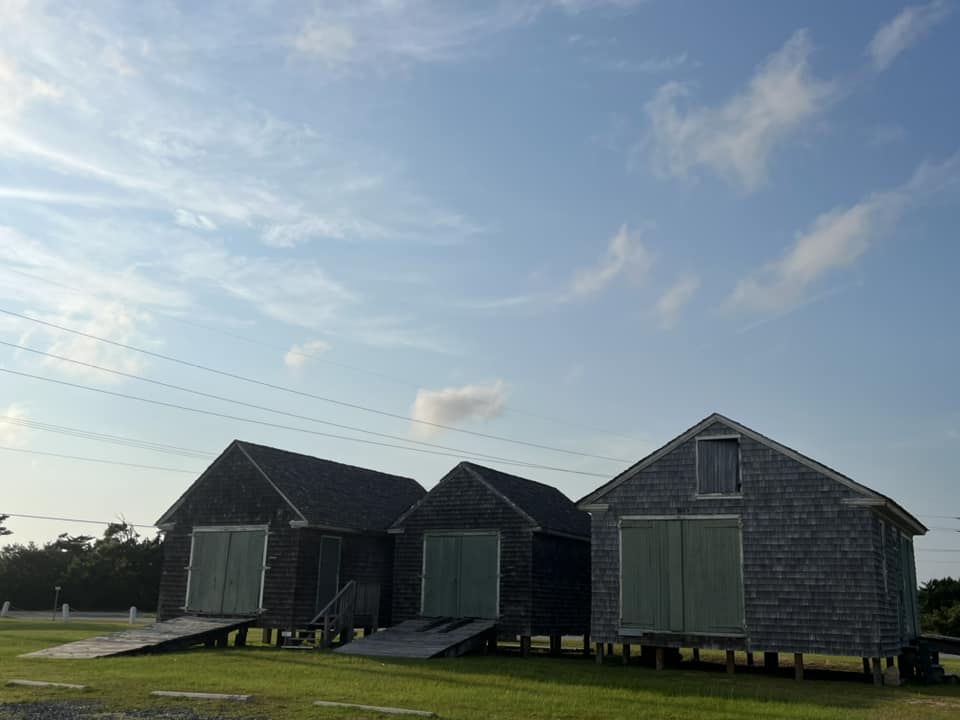Hatteras Island, part of North Carolina’s Outer Banks, is renowned for its striking natural beauty and rich maritime history. This barrier island stretches approximately 48 miles and is known for its expansive sandy beaches, diverse wildlife, and charming small towns.
Hatteras Island’s history is deeply intertwined with maritime navigation and local Native American cultures. Originally inhabited by the Hatteras Indians, the island’s European exploration began in the late 16th century. Its strategic location along the Atlantic Ocean made it a crucial area for ship navigation, leading to the construction of the Cape Hatteras Lighthouse in 1803 to guide vessels through the treacherous waters. The lighthouse, renowned for its distinctive black and white stripes, has become an enduring symbol of the island’s maritime heritage.
Over the centuries, Hatteras Island evolved from a modest fishing community into a popular tourist destination. Today, it is celebrated for its picturesque beaches, outdoor activities like surfing and fishing, and its quaint towns. The island’s blend of historical landmarks, natural beauty, and recreational opportunities makes it a unique and inviting destination for visitors seeking both relaxation and adventure.
Towns
Here are the key towns and villages on Hatteras Island:
- Hatteras Village: As the southernmost town on Hatteras Island, Hatteras Village serves as a hub for local activities and amenities. It has a quaint, historic feel with a strong maritime heritage. Highlights include the Cape Hatteras Lighthouse, the Hatteras-Ocracoke Ferry, and the Graveyard of the Atlantic Museum.
- Buxton: Located centrally on the island, Buxton is known for its beautiful beaches and as a base for exploring the Cape Hatteras National Seashore. Buxton is home to the Cape Hatteras Lighthouse and has popular beaches for surfing and kiteboarding. The town also features local shops and restaurants.
- Frisco: Just south of Buxton, Frisco offers a more relaxed, residential atmosphere with a mix of vacation homes and local businesses. Frisco Beach is a highlight, known for its quieter, less crowded sands. The Frisco Native American Museum offers insights into the area’s indigenous history.
- Rodanthe: Situated on the northern end of the island, Rodanthe is famous for its scenic beauty and beachside charm. Rodanthe is well-known for its iconic “Mirlo Beach” house, featured in the movie Nights in Rodanthe. The town also offers beautiful beaches and is a gateway to the northern parts of the Outer Banks.
- Waves: Located between Rodanthe and Salvo, Waves is known for its laid-back vibe and great beaches. Waves offers excellent opportunities for water sports and is known for its natural, unspoiled shoreline.
- Salvo; Just south of Waves, Salvo is a small, quiet town with a focus on outdoor activities and a relaxed atmosphere. The town features wide beaches and access to the Pea Island National Wildlife Refuge, a great spot for birdwatching and exploring local wildlife.
- Avon – Home to the island’s only major shopping center and a popular spot for fishing, Avon also has beautiful beaches.
The Same
Hatteras is a tranquil retreat, a place where time seems to slow down. The beaches are pristine, often less crowded than other Outer Banks destinations. The absence of high-rise buildings and commercial sprawl creates a serene, almost untouched ambiance. We both visited Hatteras a part of a larger Outer Banks beach vacation.
Hatteras Village Beach
Located near the heart of Hatteras Village, this beach is popular for its convenience and family-friendly atmosphere. It’s a great spot for swimming, sunbathing, and beachcombing. The nearby amenities, including restaurants and shops, make it easy to enjoy a full day by the sea. This was the Family’s one stop on Hatteras Island as they were beach hopping along the entire Outer Banks.
The DINKs
We had a little more time to explore the island. Starting with arriving by taking the ferry from Ocracoke to Hatteras.
While we happen to be coming from Ocracoke island to Hatteras, most people do the opposite and take the ferry over to Ocracoke island for the day.
Ferry between Hatteras and Ocracoke Island
The ferry from Hatteras to Ocracoke Island is a popular and scenic way to travel between these two Outer Banks destinations. The ferry service is operated by the North Carolina Ferry System, which provides regular and reliable transportation across the Pamlico Sound.
- Duration: The ferry ride typically takes about 70 minutes, offering passengers a leisurely journey with beautiful views of the sound and surrounding waters.
- Schedule: The ferry runs multiple times a day, with frequent departures, especially during the peak summer season. It’s a good idea to check the schedule in advance as times can vary depending on the time of year and weather conditions.
- Reservations: While reservations are not required for most trips, it’s highly recommended to make them, especially during busy periods, to ensure you secure a spot for your vehicle and passengers. Reservations can be made online through the North Carolina Ferry System’s website.
- Boarding: The ferry departs from the Hatteras Island terminal located in Hatteras Village. Vehicles and passengers board directly from the terminal. It’s advisable to arrive at least 30 minutes before your scheduled departure to ensure a smooth boarding process.
Cape Hatteras Lighthouse – Buxton
The Cape Hatteras Lighthouse, an iconic symbol of the Outer Banks, has been guiding sailors since its establishment in 1803. Located on Hatteras Island, the lighthouse was constructed to address the frequent shipwrecks along the perilous Cape Hatteras, known for its hazardous shoals and shifting sands. Originally a smaller structure, the lighthouse was rebuilt in 1870 with its current 200-foot-tall design, featuring distinctive black and white stripes that make it one of the most recognizable lighthouses in the United States. Its innovative design and powerful beacon have been crucial in ensuring maritime safety through the centuries.
A visit to the Cape Hatteras Lighthouse offers both historical insight and breathtaking views. The lighthouse is part of the Cape Hatteras National Seashore, where visitors can explore its history through interactive exhibits at the nearby visitor center. Climbing the lighthouse is a highlight; the spiral staircase consists of 257 steps, leading to a panoramic observation deck. From this vantage point, you can enjoy sweeping views of the Outer Banks and the surrounding Atlantic Ocean. Unfortunately when we visited, it was closed for renovation so we were unable to go up it.
The lighthouse grounds are perfect for a leisurely stroll, with paths leading to a picturesque beach and a small museum detailing the lighthouse’s history and the area’s maritime heritage. The site is also a great spot for photography, especially during the early morning or late afternoon when the light casts beautiful hues over the landscape.
Rodanthe:
Rodanthe, NC, is a picturesque coastal village on Hatteras Island, part of the Outer Banks. Known for its serene beaches and stunning ocean views, Rodanthe offers a relaxed, small-town atmosphere that attracts visitors seeking a tranquil retreat. The village is renowned for its iconic “Mirlo Beach” house, featured in the film Nights in Rodanthe, and its charming, unspoiled shoreline makes it a favorite spot for beachcombing, fishing, and water sports. With its welcoming ambiance and natural beauty, Rodanthe stands out as a serene getaway in the heart of the Outer Banks.
- Inn At Rodanthe: The Inn at Rodanthe gained widespread fame thanks to its central role in the novel Nights in Rodanthe by Nicholas Sparks, as well as its adaptation into a popular film. Nestled on the serene shores of Rodanthe, Hatteras Island, the inn is known for its stunning oceanfront views and classic coastal charm. The film’s portrayal of the inn showcased its romantic and picturesque setting, attracting fans from around the world. After facing threats from erosion and storms, the iconic house was relocated further inland to preserve its legacy. Today, it remains a symbol of love and renewal, continuing to captivate visitors with its unique charm and breathtaking location.
- Chicamacomico Life-Saving Station Historic Site: One of the most significant and well-preserved life-saving stations in the United States. Established in 1874, it was part of the U.S. Life-Saving Service, the precursor to the modern Coast Guard, and played a crucial role in rescuing shipwrecked sailors along the treacherous Outer Banks. Today, the site consists of several restored buildings, including the original station house and a later one built in 1911. Visitors can explore these structures, view artifacts, and learn about the brave “surfmen” who conducted daring rescues in dangerous conditions. The museum offers a fascinating glimpse into the early days of coastal rescue operations, showcasing the station’s rich history and the many heroic missions carried out over the years. Chicamacomico stands as a tribute to the men who risked their lives to save others and remains a must-see for those interested in maritime history.
Avon Beach
Avon Beach, located in the heart of Hatteras Island, is a beloved destination for both locals and visitors seeking a quintessential Outer Banks experience. With its wide, sandy shores and consistent waves, it’s perfect for sunbathing, swimming, and surfing. Avon also caters to anglers with its nearby fishing pier and ample opportunities for surf fishing. The village of Avon offers convenient amenities like shops, restaurants, and rental services, making it an ideal spot for both relaxing beach days and outdoor adventures. Whether you’re looking to catch some waves or simply unwind by the sea, Avon Beach delivers a perfect blend of relaxation and activity.
Summary
In the end, Hatteras Island offers something special for every type of traveler. While families might enjoy quick beach days filled with sun, sand, and surf, those with more time—like the DINKs (Dual Income, No Kids)—can dig deeper into the island’s rich history and cultural landmarks. The iconic Cape Hatteras Lighthouse, the historic life-saving stations, and even a visit to the Inn at Rodanthe provide a glimpse into the past and make for a more immersive experience. Whether your visit is short and sweet or long and leisurely, Hatteras Island captivates with its blend of natural beauty and fascinating heritage, ensuring everyone leaves with lasting memories.

























Leave a Reply